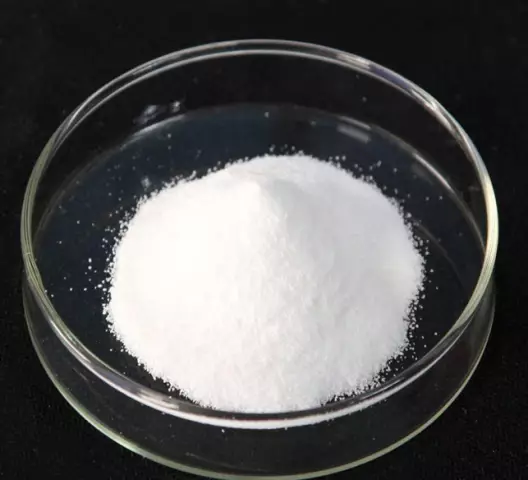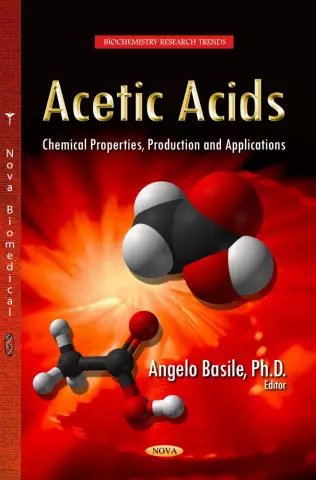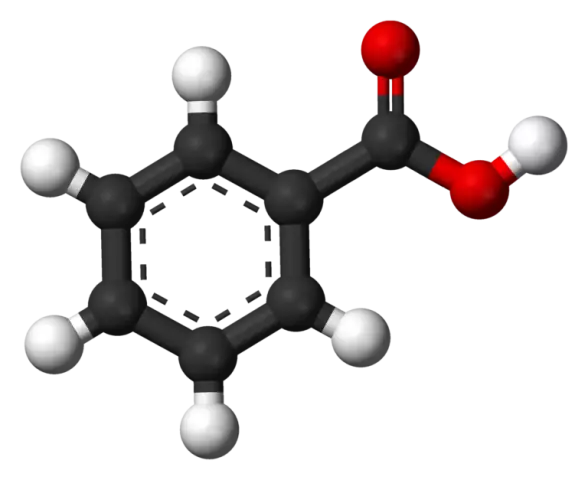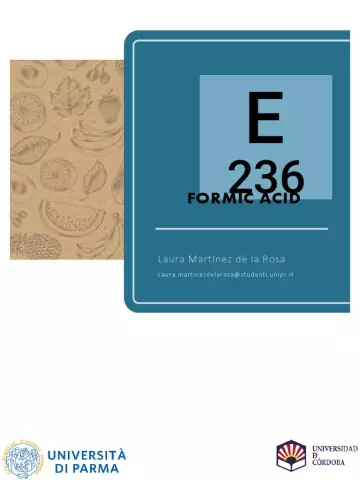- Author Rachel Wainwright [email protected].
- Public 2023-12-15 07:39.
- Last modified 2025-11-02 20:14.
Adipic acid
Hexanedioic or adipic acid (e355) is a food supplement of the antioxidant group.
From a physical point of view, the substance is colorless crystals. Adipic acid is on the list of additives approved by the European Union, however, at the moment its use is prohibited in many countries, as the acid is still under testing.
Obtaining adipic acid
E355 is produced industrially mainly by means of a two-stage oxidation of cyclohexane. Initially, a mixture of cyclohexanone and cyclohexanol is obtained, which is then separated by rectification. Cyclohexanone is subsequently used to produce caprolactam, and cyclohexanol is oxidized with 40-60% nitric acid to produce adipic acid. Its yield with this production method is about 95%.
There is another promising method for the production of adipic acid by hydrocarbonylation of butadiene. Today, around 2.5 million tons of adipic acid are produced worldwide.
Application of adipic acid

On the territory of those states where the food additive e355 is approved for use, it is used as an acidity regulator in the preparation of caramel sweets, drinks and other food products to maintain the required pH level. An additive is added to some types of dry flavored desserts, but in a strictly established amount - up to 1 g / kg of finished product.
In jelly-like desserts, the adipic acid rate is not more than 6 g / kg, and in powder mixtures for preparing drinks, 4 g / kg is allowed. The e355 additive is often added to fillings for bakery and confectionery products.
In addition to the food industry, adipic acid is widely used in the chemical industry. Thus, about 90% of all produced acid is used as raw material in the production of polyhexamethylene adipinamide, as well as its esters and polyurethanes. Acid is used to remove material left after filling the joints between ceramic tiles, as well as in the production of descaling products.
Effect on the human body
Naturally, in excessively high dosages, any food additives can harm human health. Since at present the effect of a food additive on the human body has not been fully studied, its use is allowed only in a strictly defined concentration.
Found a mistake in the text? Select it and press Ctrl + Enter.






